How about Bolivian Java coffee? description of the flavor characteristics of Bolivian Java coffee

Professional coffee knowledge exchange more coffee bean information please follow the coffee workshop (Wechat official account cafe_style)
If you want to find such a romantic, beautiful, distant and dangerous dream territory in many coffee producing areas, it is Bolivia!
Bolivia is one of the poorest countries in Latin America, a landlocked country bordering Brazil and Colombia. Although it is a country with great potential for coffee exports, its production has been quite scarce and the conditions for growing coffee are excellent, but the challenges are also extremely daunting, resulting in an extraordinarily rich agricultural history built on a very difficult land.
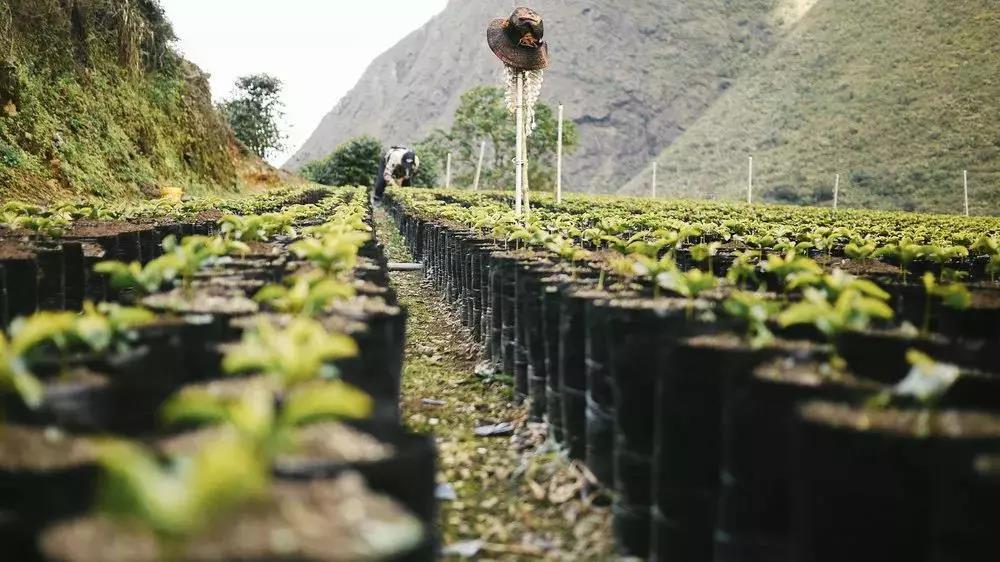
The origin of coffee can be traced back to 1880, when all production was basically related to the owners of some large farms north of La Paz. In 1991, the government promoted a plan for indigenous people to grow coffee, but paid little attention to quality. This is due to the backward economic development and infrastructure of Bolivia, which is still the poorest country in South America. In addition, due to the unique and changeable terrain, Bolivia has become a key factor in coffee processing, transportation and quality killer because of poor infrastructure. When the government encourages the cultivation of coca leaves, the profit is four times that of coffee, causing many farmers to abandon coffee or even give up farms altogether.
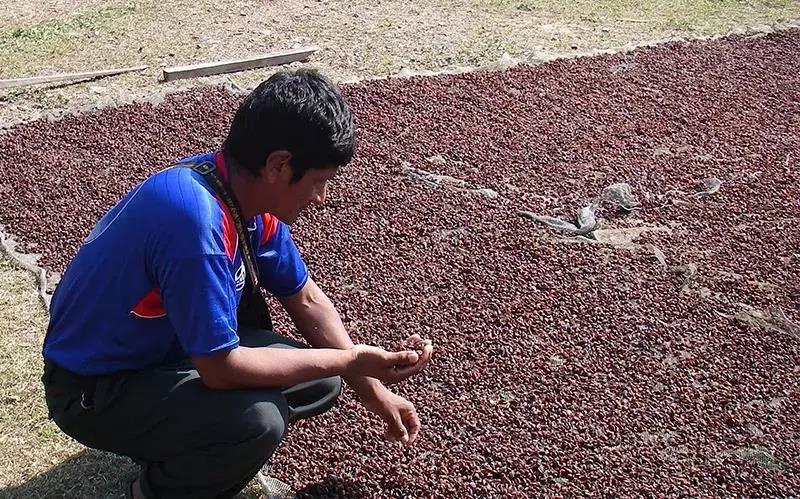
In early 2000, the United States strongly supported Bolivian agriculture, but coffee farmers suffered the most because the Bolivian government later supported coca cultivation and relations with the United States deteriorated. Then, with the resumption of a limited anti-drug war in Bolivia, a number of programs were restarted to assist coffee farmers, such as the COE (Excellence Cup), which was held with the support of USAID. In 2013, when leaf rust came, Bolivia lost 50% of its coffee production. Combined with the government's coca leaf policy and leaf rust, Bolivia's coffee production has fallen by 70% over the past decade, making it a small coffee-producing country.
Bolivia is one of the poorest countries in Latin America, a landlocked country bordering Brazil and Colombia. Although it is a country with great potential for coffee exports, its production has been quite scarce and the conditions for growing coffee are excellent, but the challenges are also extremely daunting, resulting in an extraordinarily rich agricultural history built on a very difficult land.
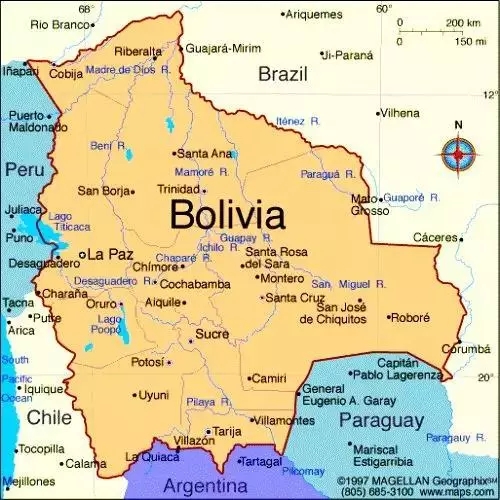
Bolivia's coffee production is dominated by a smallholder production system, with 23000 small farms ranging in size from 2 to 9 hectares. In particular, about 40% of Bolivia's coffee culture is mainly sold domestically. And almost all plantations in Bolivia are grown organically.
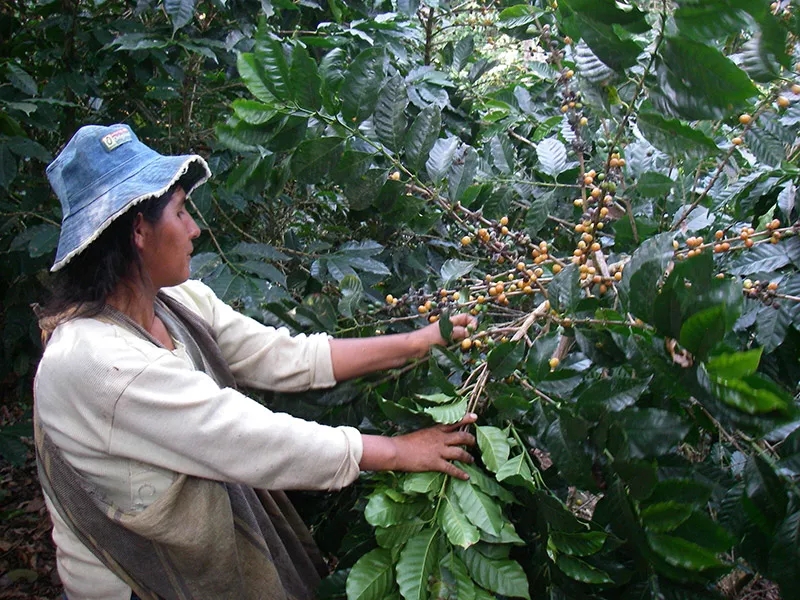
| | RODRIGUEZ FAMILY |
Fifteen years ago, Pedro recognized the potential of Bolivian specialty coffee, and over the past decade, he has established a business called Agricafe, which is committed to building long-term relationships with producers on the basis of mutual trust and interests.
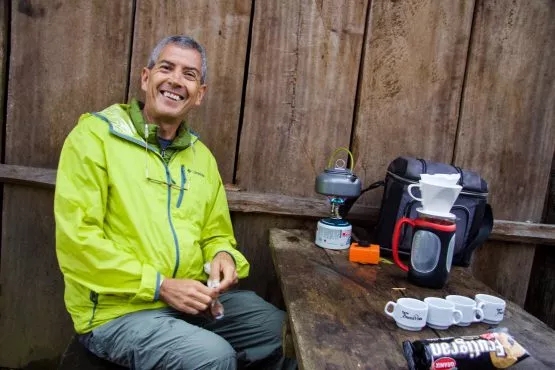
Now, Pedro Rodriguez leads his sons and daughters to continue their efforts to improve the production and quality of boutique coffee in Bolivia.
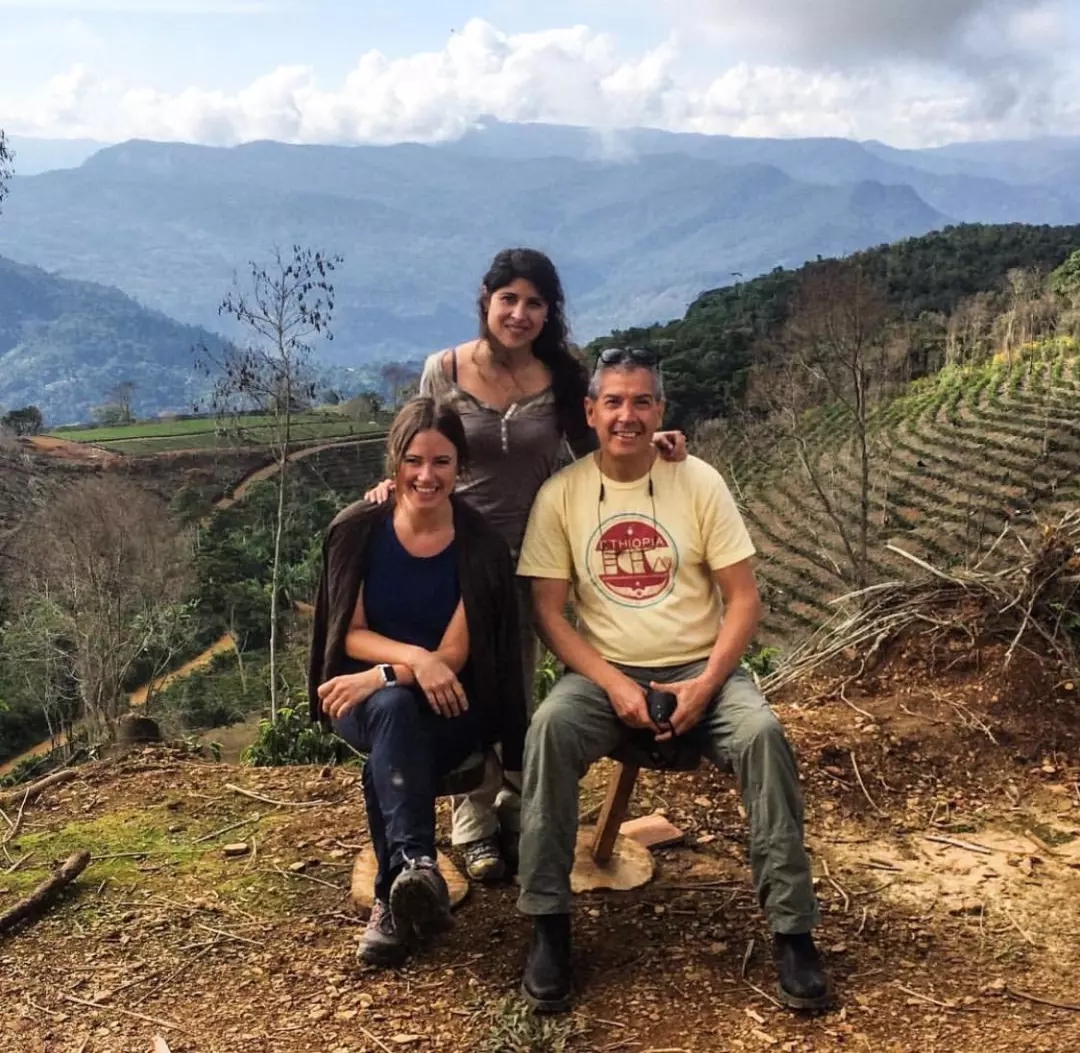
To highlight the delicacy that Bolivian coffee can create, the Rodriguez family family planted quite special varieties: Geisha and Java.
| | Agricafe |
Agricafe exports high-quality, single-source and small batch production microbatches. Mostly from Yungas and Santa Cruz regions, mainly exported to North and South America, Europe, Asia and Australia.

Agricafe, which specializes in South American coffee, was founded in 1986, when Pedro Rodriguez decided to pursue his passion for agriculture.
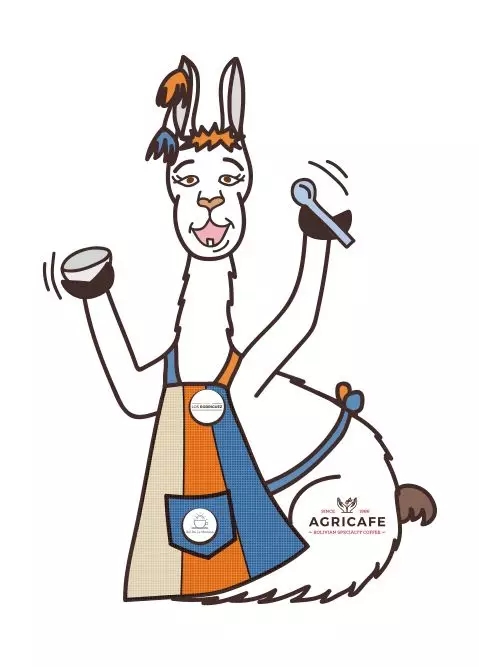
Agricafe relies on building close relationships with producers to create excellent coffee. With the help of international experts, Agricafe introduced innovative education programmes and modern agricultural practices to Bolivia with the aim of further improving quality.
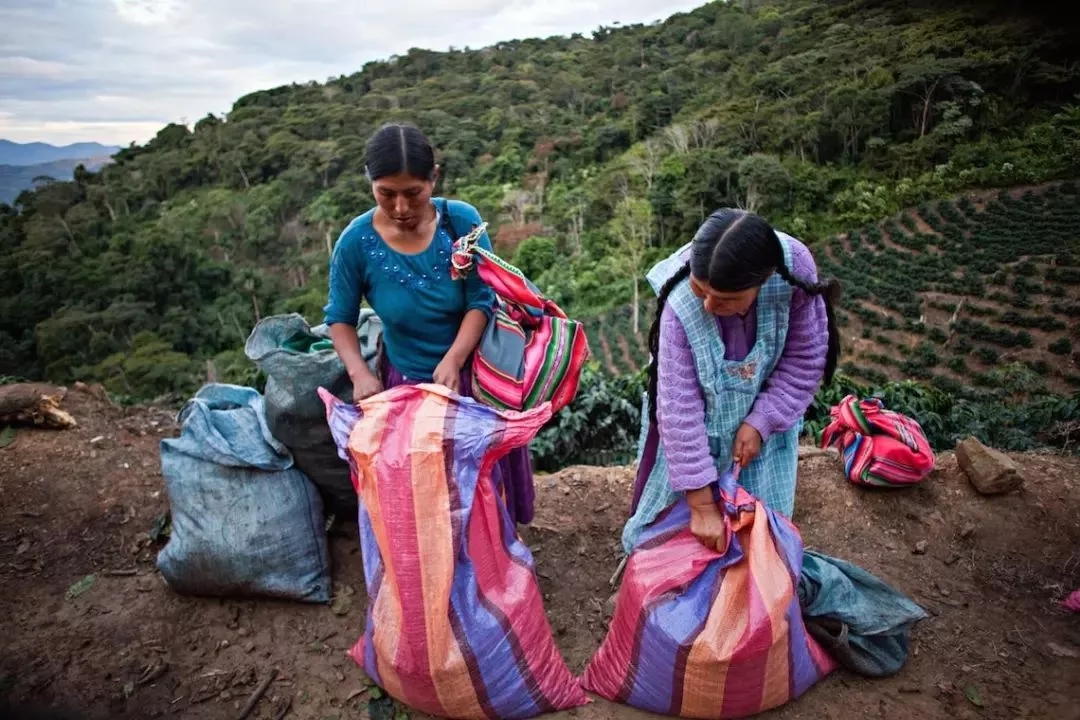
Coffee production in Bolivia dates back to the 1880s. At first, large landowners were the only producers of coffee, but that changed in 1991. Coffee production in Bolivia has been small and exports have continued to decline over the past decade. For example, in 2010, the country exported about 70000 bags of coffee, compared with 22000 in 2017.
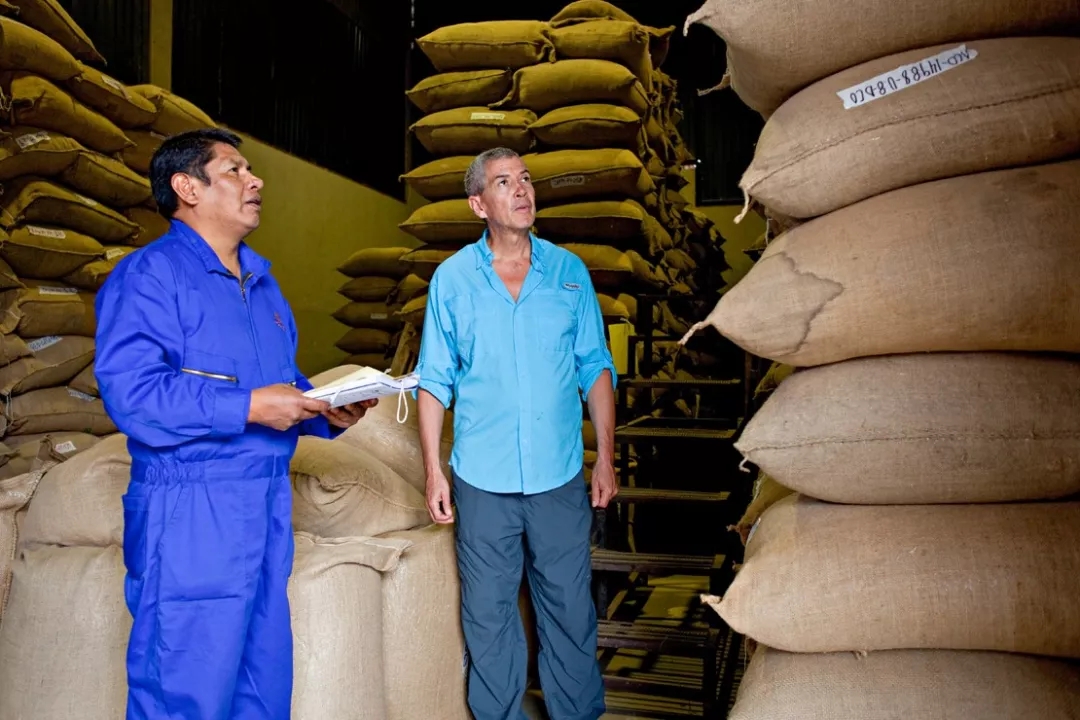
Agricafe takes responsibility for re-examining this trend and allows coffee producers to pay a reasonable price for their hard work. To make a change, Agricafe launched two projects, "The Buena Vista Project" and "Sol de la Manana Program". Both projects are committed to supporting and sharing their knowledge through coffee growing communities, investing in smallholder farmers to improve coffee quality, maintaining transparency at every stage of production, and developing sustainable models and sustainable farms.
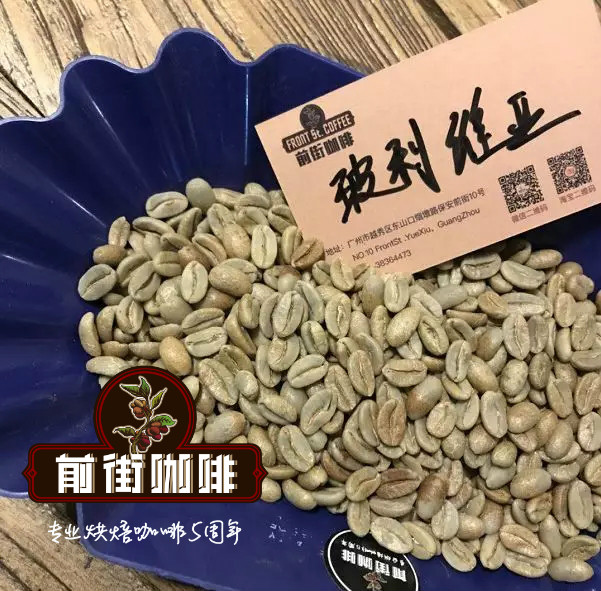
Front Street Coffee will roast Bolivian Javanese coffee until light to retain the fruity aroma of the bean:
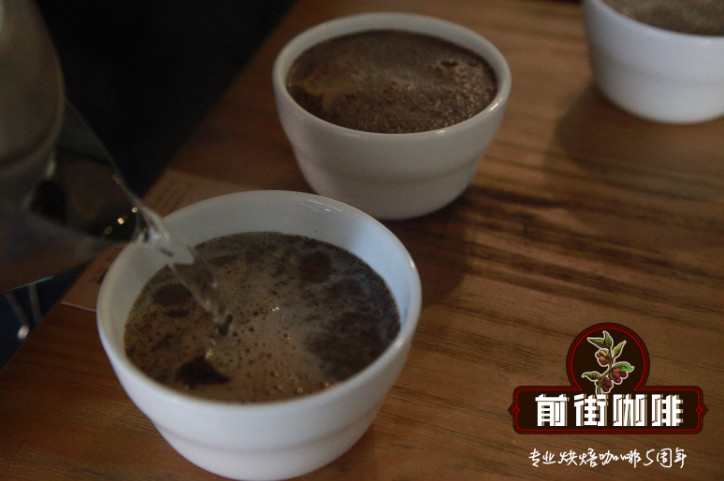
Qianjie coffee cup test: dry aroma with hazelnut aroma, the entrance is first cream, hazelnut, almond sweet and sour notes of citrus, tropical fruit, with fermented wine aroma.
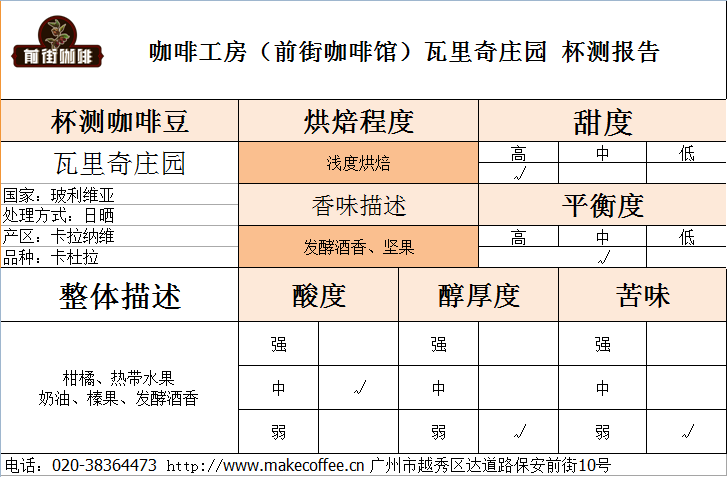
| | suggestion for making and cooking |
Recommended cooking method: hand flushing
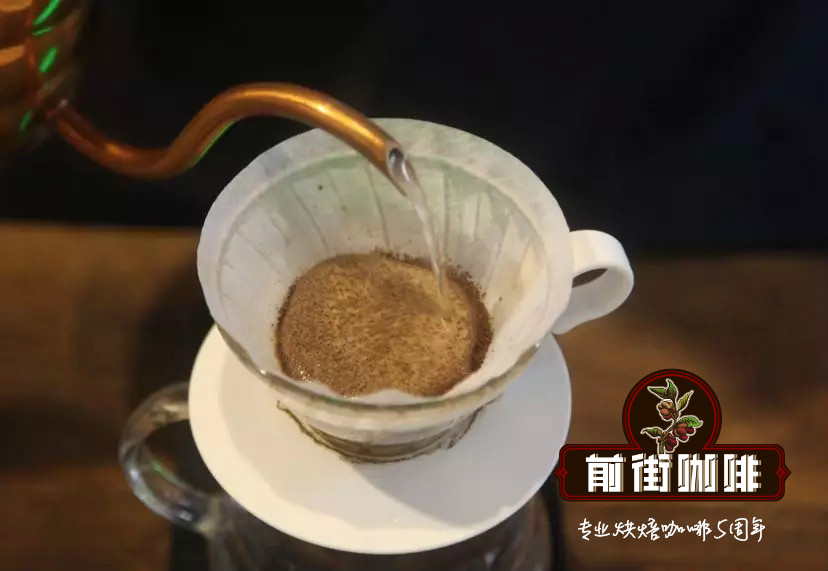
Parameters: V60 racing 1lug 15max 89 ℃ / grindability BG 5R (Chinese standard No. 20 sieve pass rate 58%) / cooking time 1mm 56 "
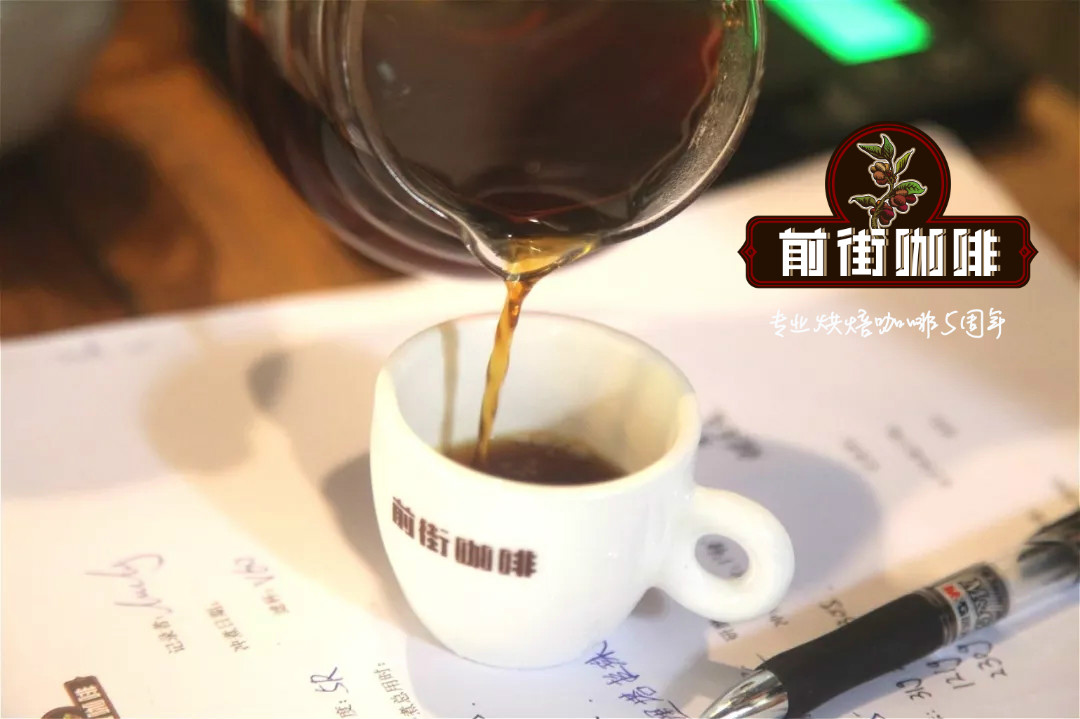
The entrance has obvious sweet and sour taste of citrus, lime and Hawthorn, with some fruit chocolate and vanilla cream in the aftertaste, and the temperature drops to a sour tone of sweet orange. when it is cool, it has a touch of maple syrup sweetness and jasmine tea and rose tea finish. Sucrose is sweet for a long time.
Important Notice :
前街咖啡 FrontStreet Coffee has moved to new addredd:
FrontStreet Coffee Address: 315,Donghua East Road,GuangZhou
Tel:020 38364473
- Prev
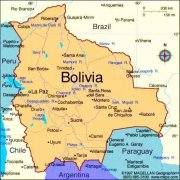
Introduction to the flavor characteristics of Java coffee in the Varic Manor of the Rodegris family in Bolivia
For more information on coffee beans, please follow the Coffee Workshop (official Wechat account cafe_style) Bolivia is one of the poorest countries in Latin America, a landlocked country bordering Brazil and Colombia. Although it is a country with great potential for coffee export, its output has been quite rare, and the conditions for growing coffee are excellent, but the challenge is also extremely difficult.
- Next
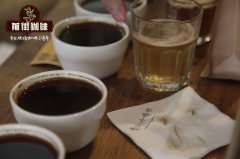
Bolivian Java Coffee beans introduce the difference between Bolivian Rose Summer and Java Coffee
Professional coffee knowledge exchange more coffee bean information please pay attention to the coffee workshop (Wechat official account cafe_style) can compete with the rose summer long-shaped beans: Bolivian Java coffee beans locally known as long beans in Bolivia, named for its long appearance, its official name should be Bolivia Java (Java), Java is a very interesting bean species, from the name
Related
- Detailed explanation of Jadeite planting Land in Panamanian Jadeite Manor introduction to the grading system of Jadeite competitive bidding, Red bid, Green bid and Rose Summer
- Story of Coffee planting in Brenka region of Costa Rica Stonehenge Manor anaerobic heavy honey treatment of flavor mouth
- What's on the barrel of Blue Mountain Coffee beans?
- Can American coffee also pull flowers? How to use hot American style to pull out a good-looking pattern?
- Can you make a cold extract with coffee beans? What is the right proportion for cold-extracted coffee formula?
- Indonesian PWN Gold Mandrine Coffee Origin Features Flavor How to Chong? Mandolin coffee is American.
- A brief introduction to the flavor characteristics of Brazilian yellow bourbon coffee beans
- What is the effect of different water quality on the flavor of cold-extracted coffee? What kind of water is best for brewing coffee?
- Why do you think of Rose Summer whenever you mention Panamanian coffee?
- Introduction to the characteristics of authentic blue mountain coffee bean producing areas? What is the CIB Coffee Authority in Jamaica?

